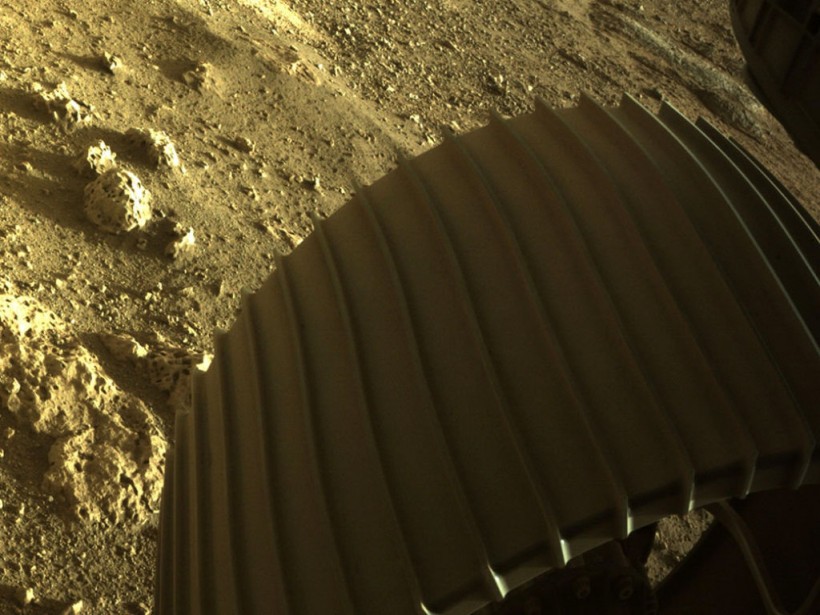For two weeks, the planet Mars would disappear from the Earth's sky as both planets would be on opposite sides of the Solar System.
Beginning Saturday (November 18) until November 25, Mars would disappear behind the Sun if viewed from Earth. This phenomenon is called solar conjunction, which NASA described as "dancers on either side of a huge bonfire."
In the case of Earth and Mars, they would experience a solar conjunction every two years.
Aligning Around the Sun
According to Space.com, the orbits of the two planets are, on average, 140 million miles (225 million kilometers) apart. In a solar conjunction, however, the planets would be separated by about 235 million miles (378 million kilometers).
Mars would be separated from the Sun by just less than one degree as the Red Planet would make its closest approach to the star. Both the Sun and Mars would be in the constellation of Libra, In the Sky detailed, Then, Mars would be unobservable as it would be entirely blocked by the Sun.
Read Also: How to Watch Leonid Meteor Shower 2023: Here's the Best Time to View It

NASA: Business as Usual Even Without Mars
Since NASA and other space agencies have active spacecraft both on the surface of Mars and orbiting around it, their ability to communicate with and send signals to the spacecraft would be temporarily affected.
"It's impossible to predict what information might be lost due to interference from charged particles from the Sun, and that lost information could potentially endanger the spacecraft," NASA said in a statement. "Instead, prior to solar conjunction, engineers send two weeks' worth of instructions and wait."
But despite not being able to communicate with its spacecraft, specifically the Mars Curiosity and Perseverance rovers and the Ingenuity helicopter, NASA's Mars mission teams would still be business as usual.
"Our mission teams have spent months preparing to-do lists for all our Mars spacecraft," NASA Mars Relay Network manager Roy Gladden said. "We'll still be able to hear from them and check their states of health over the next few weeks."
Related Article: Astronomers Baffled by Star That Came Back to Life With Repeated Energetic Flares in Supernova Explosion









